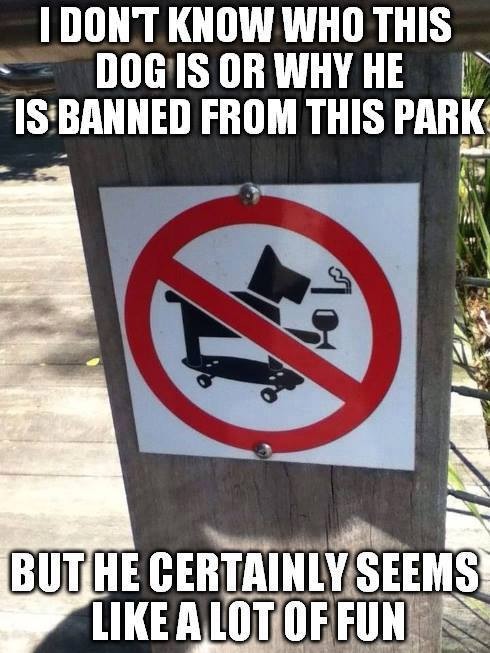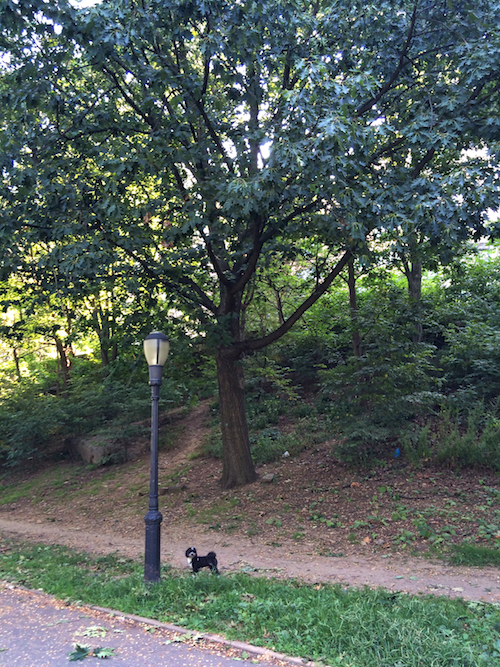Laurels
“A corporation is a living organism; it has to continue to shed its skin. Methods have to change. Focus has to change. Values have to change. The sum total of those changes is transformation.”
— Andrew Grove, Chairman and former CEO, Intel Corporation
I met Jess on Friendster. Which, for those of you too young to remember the web ten years ago, was at that time a successful predecessor to Facebook. Famously, Friendster turned down a sizable Google acquisition offer, as the social network market seemed wide open in those early days, and Friendster’s CEO didn’t see any serious competition.
By now, Friendster has long since been relegated to the dustbin of history, Facebook having eaten their lunch. But the object lesson remains. Being the first, or being the biggest, is often a substantial competitive advantage for a startup. But as markets mature, it’s rarely a sufficient one. Competition for customers (and for employees) means a company needs to continue to innovate, to adapt to the realities of a changing world, to find a way to continue capitalizing on that early lead. And at the same time, pressure on management (who perhaps confuse brains with a bull market in explaining their growth to date) often makes it tempting to simply double down on the exact same strategies that previously worked, this time with an increased eye towards cost-cutting to hang on to earlier margins.
I’ve been watching that happen of late to a business near and dear to my heart, though one where I’m now ill-poised to prevent what’s clearly the early stage of a slow-rolling disaster. I can already play out what’s likely to happen – stalling growth, the gradual departure of key personnel, the eventual decay of customer-base eventually leading to the company’s fixed costs collapsing the entity under its own weight. I’d love to jump in to help. And, indeed, I still might be able to find a way to do so. But there’s also the reasonable point that, in many cases, it’s just about as easy to build a Facebook from scratch as it is to keep a Friendster in its early lead, especially when a market is still young enough to have huge room for growth.

